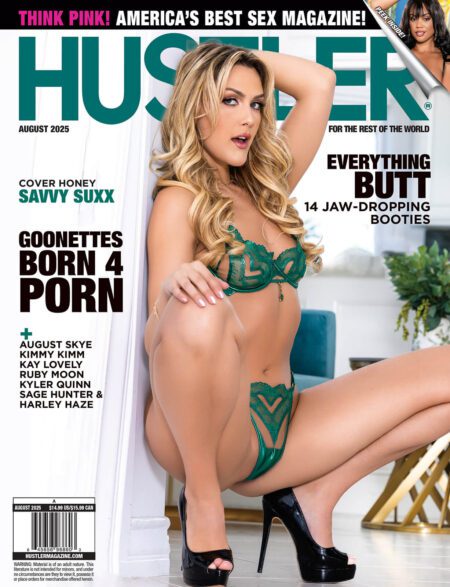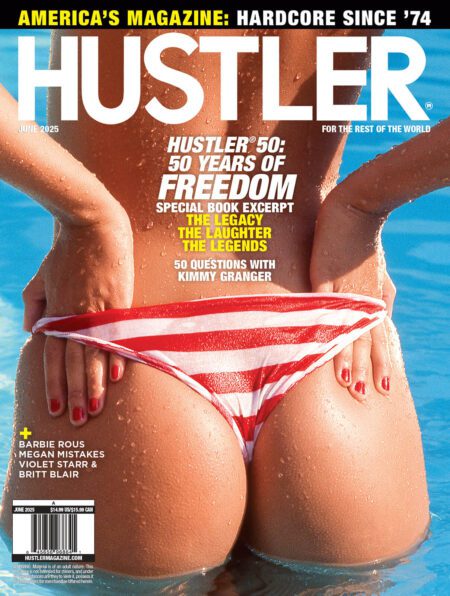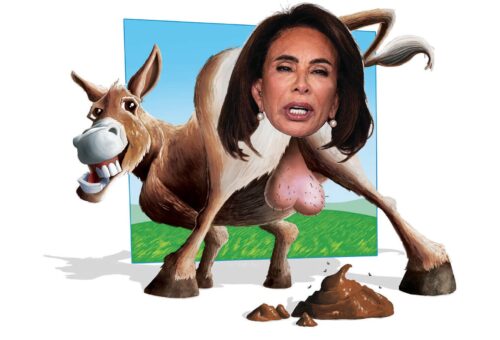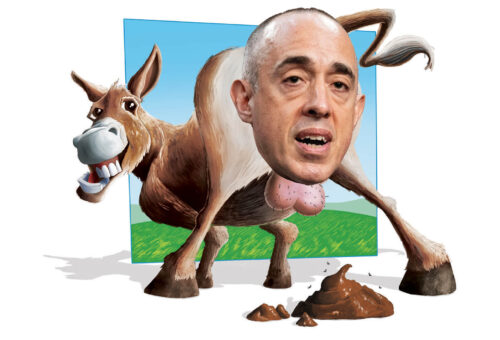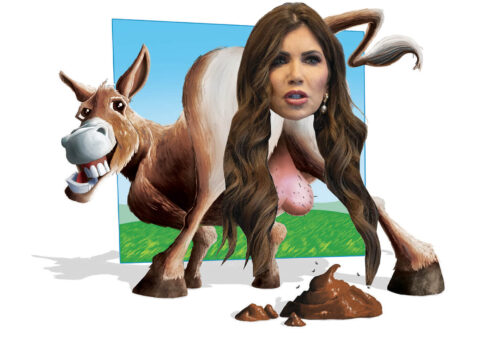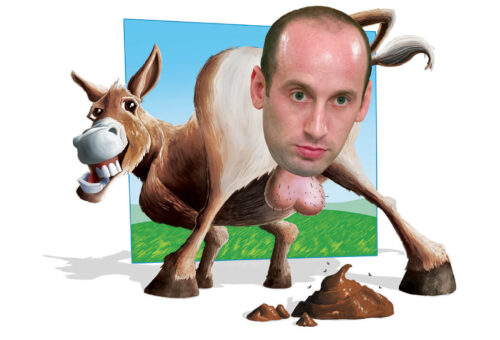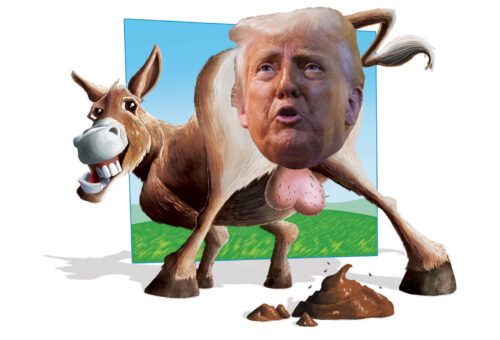Affirmative Inaction
Just days before a recorded conversation with Los Angeles Clippers owner Donald Sterling established that racism is alive and well in America, the U.S. Supreme Court decided that racial discrimination in college education is no longer a problem. Affirmative action had been the main vehicle for integrating higher education, but that door finally closed with the Court’s ruling that Michigan voters’ ban on state universities considering race as a factor in their admission process was Constitutional.
Yet, with the exception of athletes—like the primarily black players recruited by Sterling’s team and the rest of the National Basketball Association—black high school students are disproportionately excluded from college and indeed from most desirable career paths. Look at the preponderance of black athletes performing on the court in Division I basketball and then look at the racial composition of a school’s student body and the fans in the stands, and you get the picture.
That dreary reality and the Supreme Court’s myopic view of race relations in America might seem like an obvious contradiction, unless you focus on those standing over 6-foot-4 and possessed of an unerring sense of depth perception in dropping their shots. In that case, neither admission to college nor a roster spot on even a racist-owned professional sports team would be a problem.
Yes, any high school kid with the potential to get to the pros in a major sport will find a hospitable spot at an elite school, all expenses paid, with an absolute minimum of academic accomplishment. And when he graduates, or more than likely drops out after one season, owners of professional sports franchises— even someone like Sterling, who is contemptuous of off-the-court socializing with those same athletes—will hire him.








